
Sewing patterns are essential tools for anyone interested in making their own garments. They provide step-bysewing/” title=”Stitching Stories: A Beginner's Guide to Sewing”>-step instructions and templates for creating clothing items of various styles and sizes. Whether you are a beginner or an experienced seamstress, understanding how sewing patterns work is crucial for achieving professional-looking results.

What is a Sewing Pattern?
A sewing pattern is a set of guidelines that help you create a garment by providing detailed instructions and diagrams. It typically consists of multiple pieces of paper with markings and lines representing different parts of the clothing item, such as sleeves, collar, and bodice. Sewing patterns come in different sizes and often include multiple options for customization.
Using Sewing Patterns
When using a sewing pattern, it’s important to follow the instructions carefully. Here’s a step-by-step guide on how sewing patterns work:
- Examine the sewing pattern: Take time to understand the pattern layout and markings. This will help you identify each piece’s location and orientation.
- Choose the correct size: Sewing patterns usually include multiple size options. Measure yourself accurately and choose the size that matches your measurements closest.
- Prepare the fabric: Select an appropriate fabric based on the pattern recommendations. Wash and press the fabric before cutting it out.
- Cut out the pattern pieces: Carefully cut along the lines provided on the pattern pieces. Use sharp scissors or a rotary cutter for precise cuts.
- Transfer markings: Transfer any necessary markings (such as darts, notches, or pleats) from the pattern to the fabric using tailor’s chalk, pins, or fabric marking tools.
- Pin and sew: Follow the sewing instructions included in the pattern. Pin the fabric pieces together as indicated, matching the markings, and sew along the designated seams.
- Finish and press: Finish the seams by either zigzag stitching, serging, or using a different appropriate method. Finally, press the garment to achieve a polished look.
Tips for Sewing with Patterns
Here are a few tips to make your experience with sewing patterns more successful:
- Read through the instructions before starting: Familiarize yourself with the entire pattern and the techniques involved.
- Make a practice garment: If you’re new to sewing or using a complex pattern, consider making a practice version in inexpensive fabric before using your preferred fabric.
- Take accurate measurements: Use a measuring tape to measure yourself accurately and choose the size accordingly.
- Test the fit: Baste or use temporary stitches to check the fit of the garment before permanently sewing.
Remember, sewing patterns are meant to be helpful guides, but don’t be afraid to add your personal touch and make adjustments to suit your preferences and body shape.
With practice and patience, sewing patterns can open up a world of possibilities for your creativity and self-expression. Start with simple patterns and gradually challenge yourself with more complex designs. Soon enough, you’ll be able to create unique and stylish garments tailored to your taste.
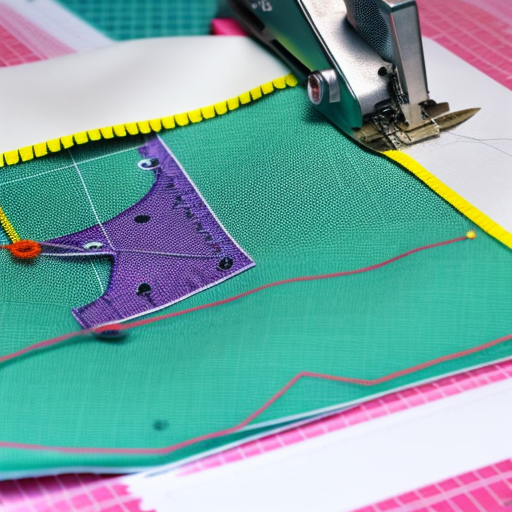
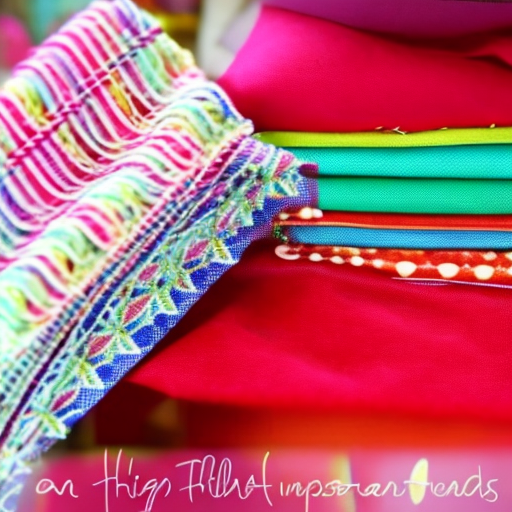
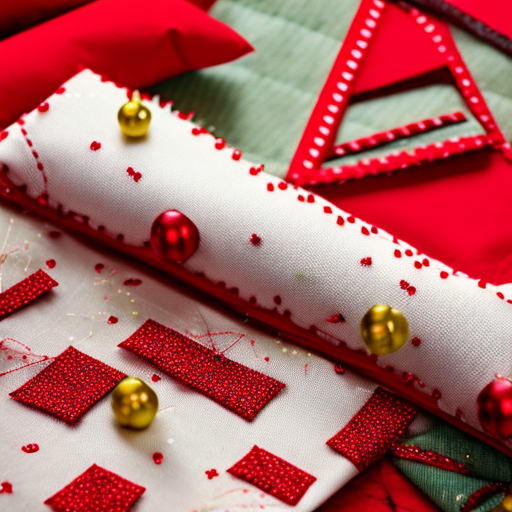
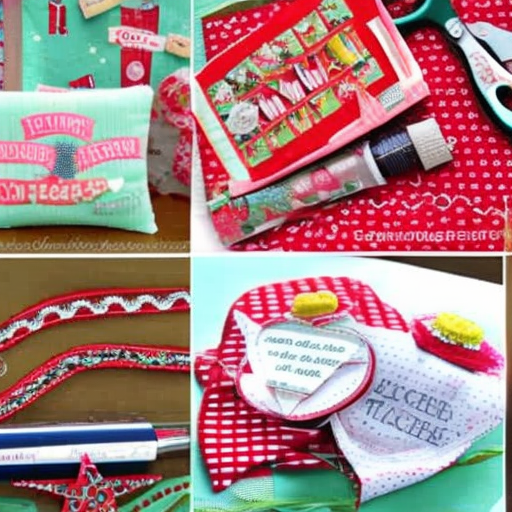
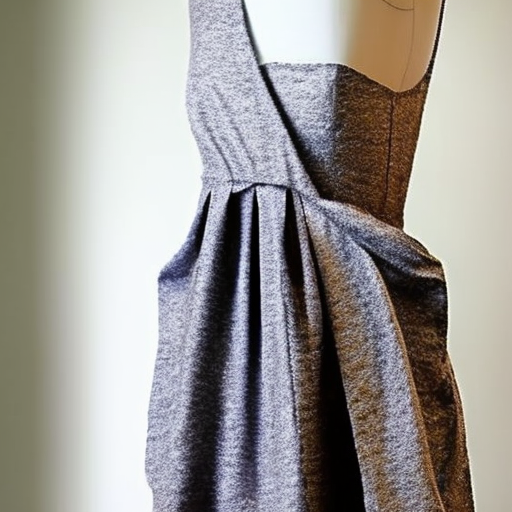
Great post! This is a really informative article.
Mandy Stone: Interesting article. I’m sure many people will learn a lot from it.
This is an amazing guide for anybody looking to learn more about how sewing patterns work! It’s so helpful that it even takes the reader through the entire process, from selecting the pattern to sewing the finished product. This is an incredibly useful resource for anyone looking to hone their sewing skills.
Very helpful! This is going to be extremely useful for novice sewers and a great refresher for those who have already mastered the basics.
This is an exceptional resource! It offers a great combination of useful advice and clear step-by-step instructions to make the process easier to understand. It has certainly made learning how to use sewing patterns a lot less intimidating!